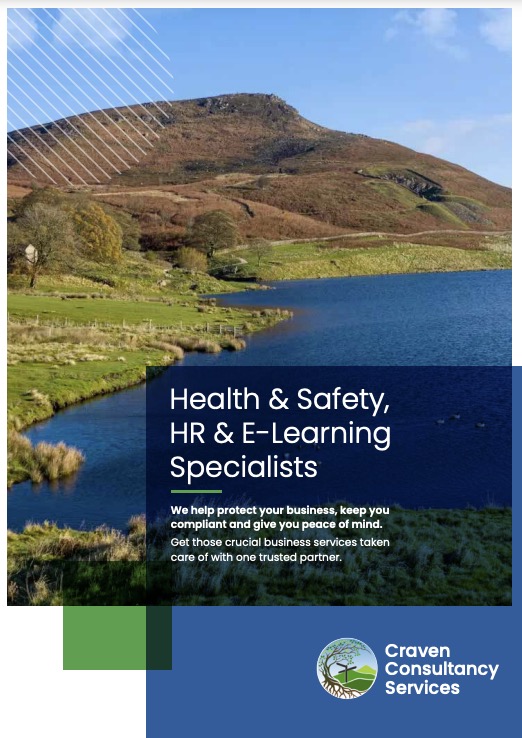1. Introducing managing safely
Some managers may see health and safety as an add-on to their role – even an intrusion. The first module makes it clear that managers are accountable for their teams, and makes a persuasive case for managing safely.
2. Assessing risks
This module defines and demystifies ‘risk’ and ‘risk assessment’. Risk assessments and a simple scoring system are introduced, and delegates carry out a series of assessments.
3. Controlling risk
Here the session tackles cutting risks down, concentrating on the best techniques to control key risks, and how to choose the right method.
4. Understanding your responsibilities
This module looks at the demands of the law and how the legal system works, and introduces a health and safety management system.
5. Identifying hazards
All the main issues any operation has to deal with are covered in this module – entrances and exits, work traffic, fire, chemicals, electricity, physical and verbal abuse, bullying, stress, noise,
housekeeping and the working environment, slips, trips and falls, working at heights, computers
and manual handling.
6. Investigating accidents and incidents
The session starts with why accidents should be investigated, and goes on to cover why things go wrong, and how to carry out an investigation when they do.
7. Measuring performance
This module explains how checking performance can help to improve health and safety. Delegates learn how to develop basic performance indicators, and get to grips with auditing and proactive and reactive measuring





